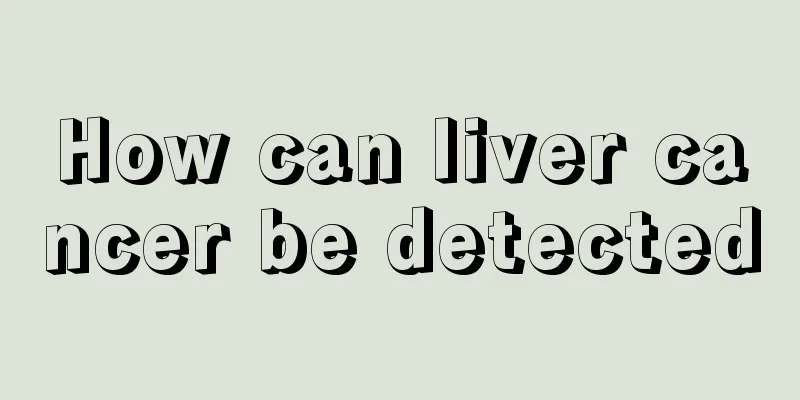What kind of bacteria is botulinum toxin

|
Botulinum toxin is a bacterium that can survive in an oxygen-deficient environment and has the highest toxicity. Botulinum toxin can cause serious damage to the human nervous system, and patients will show symptoms such as dizziness, difficulty breathing, and muscle weakness. Botulinum toxin is a bacterium that grows in an oxygen-deficient environment and is one of the most toxic toxins currently available. When people ingest and absorb this toxin, their nervous system will be damaged, and they will experience symptoms such as dizziness, difficulty breathing, and muscle weakness. During the treatment process, doctors found that it has extraordinary ability to eliminate wrinkles, and its effect far exceeds any other cosmetic or plastic surgery. The type A toxin secreted by Clostridium botulinum, the main ingredient in the cosmetic wrinkle-removing injection Botox, may enter the central nervous system and even reach the brain stem after being injected into the skin. This discovery has once again sparked social controversy over the safety of botulinum toxin wrinkle removal. The human gastrointestinal tract is a good oxygen-deficient environment, suitable for the survival of Clostridium botulinum. Clostridium botulinum is a strict anaerobic bacterium that can decompose glucose, maltose and fructose in the gastrointestinal tract to produce acid and gas, and it can also digest and decompose meat residue, causing it to turn black and become corrupt and smelly. In an anaerobic environment, this bacterium can secrete a strong botulinum toxin, which can cause special neurotoxic symptoms, with extremely high disability and mortality rates. Botulinum toxin spores are very resistant and can only be killed by dry heat at 180 degrees Celsius for 5-15 minutes, wet heat at 100 degrees Celsius for 5 hours, or high-pressure steam at 121 degrees Celsius for 30 minutes. Botulinum toxin is particularly resistant to acid and cannot be broken down by gastric acid solution within 24 hours, so it can be absorbed by the gastrointestinal tract and damage physical and mental health. Bacillus toxicity Clostridium botulinum causes disease mainly through the strong botulinum toxin. Botulinum toxin is the most potent poison known, 10,000 times more toxic than KCN; 1 mg of purified crystalline botulinum toxin can kill 200 million mice, and the lethal dose for humans is about 0.1 μg. Botulinum toxin is different from typical exotoxins. It is not released by living bacteria. Instead, it is produced as a non-toxic precursor toxin inside bacterial cells. It waits for the bacteria to die and autolyze before being released. It becomes toxic only after being activated by trypsin in the intestine or proteases produced by bacteria. It can also resist destruction by gastric acid and digestive enzymes. |
<<: What's wrong with bloodshot eyes
>>: What are the symptoms of skull sclerosis
Recommend
What is the reason for hard bumps on the labia?
Our living habits and many external factors will ...
Experts explain common symptoms of right colon cancer
The incidence of right colon cancer is relatively...
How can I reduce my fat face
A thin body with a big round face will look very ...
How to choose diet during radiotherapy for rectal cancer
The onset of rectal cancer begins with abnormal b...
Lived for twenty years with stage three cervical cancer
Cervical cancer is one of the most common maligna...
What are the traditional Chinese medicines for treating lumbar disc herniation?
Modern people have the habit of sitting for a lon...
What are the causes of cervical cancer? Is the incidence of cervical cancer very high?
Cervical cancer is the only cause of gynecologica...
What to do if my eyebrows are thick in the front and thin in the back
In daily life, many of us have problems with our ...
What are the changes in leucorrhea after the fertilized egg implants?
Many women who have just become pregnant want to ...
What are the main causes of intestinal cancer?
The occurrence of colorectal cancer mainly occurs...
What are the methods for checking prostate cancer?
Prostate cancer is a malignant tumor. If the pati...
How to clean the refrigerator more cleanly
Nowadays, the refrigerator is one of the most imp...
What are the specific reasons for itchy ears?
Sometimes in life, we feel itchy ears, but the sp...
What are the causes of constipation and colorectal cancer
In recent years, as people's pace of life has...
Can yogurt be heated? Can yogurt be heated in winter?
The organic acids in yogurt can effectively impro...









